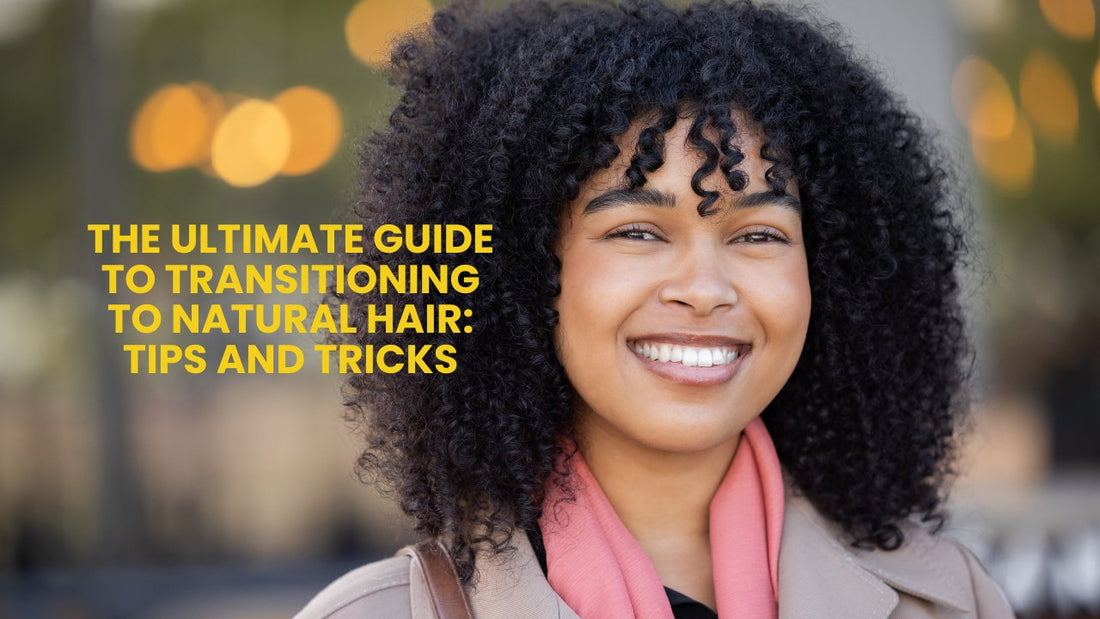Are you transitioning to natural hair, but don’t know where to start? Tired of the constant maintenance and chemicals that come with relaxed hair? Ready to embrace your natural hair and let it shine in all its glory? If you answered yes, then transitioning from relaxed to natural hair might be the perfect journey for you. Here are some steps to help you navigate this exciting transition:
1. Start with a Plan When Transitioning to Natural Hair:
Transitioning from relaxed to natural hair is a process that requires patience and careful planning. Therefore, you want to decide on the length of your transition period and the desired end result. This will help you set realistic expectations and make the transition smoother
2. Be Gentle with Your Hair:
Relaxed hair is more prone to breakage, so it's important to handle your hair with care. Avoid using harsh chemicals, excessive heat, and tight hairstyles since these can cause damage. Opt for low-maintenance styles like braids, twists, or buns to minimize manipulation and promote hair growth.

3. Trim Regularly:
As your natural hair grows, it's essential to trim your relaxed ends regularly. This will help eliminate split ends and prevent breakage. Moreover, by gradually cutting off the relaxed ends, you will give your natural hair a chance to flourish.
4. Moisturize, Moisturize, Moisturize:
Natural hair tends to be drier than relaxed hair, so keeping it moisturized is key. Invest in a good conditioner and leave-in conditioner to keep your hair hydrated and prevent breakage. Deep conditioning treatments once or twice a month will also help restore moisture and promote healthy hair growth.

5. Embrace Low-Maintenance Hairstyles:
Low-maintenance hairstyles not only protect your hair from damage but also help with the transitioning process. Styles like Bantu knots, twist-outs, or braid-outs can help blend the two textures and make the transition less noticeable.
6. Patience is Key When Transitioning to Natural Hair:
Transitioning to natural hair requires patience. Your natural hair may have a different texture and require a different care routine than your relaxed hair. Embrace the journey and be patient with the process. Remember, your hair is unique and beautiful in its natural state.
7. Seek Support and Inspiration:
Join online communities, forums, or social media groups dedicated to natural hair such as the WC Community. You’ll want to surround yourself with like-minded individuals who have gone through or are going through the same transition. They will provide support, advice, and inspiration. Also, you can learn from their experiences and gain valuable tips and tricks.
8. Consult a Professional:
If you feel overwhelmed or unsure about the transition process, don't hesitate to consult a professional hairstylist who specializes in natural hair. They can assess your hair's condition, provide personalized advice, and guide you through the journey. Also, you can book a 1-on-1 consult with me!

In Conclusion When Transitioning to Natural Hair
Transitioning from relaxed to natural hair is a personal and empowering experience. Therefore, it's a chance to embrace and celebrate your natural beauty. With a little patience, care, and support, you can successfully navigate this transition and rock your natural hair with confidence. So, get ready to embark on this exciting journey and let your natural hair shine!

